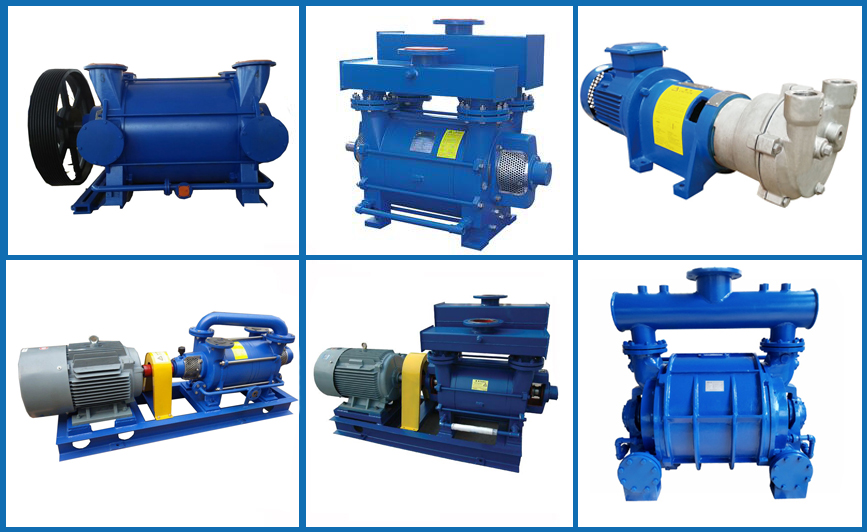Vacuum pump for steam sterilization
Steam sterilization
No organism can survive more than 15 minutes of direct exposure to saturated steam at 250 degrees Fahrenheit (120 degrees Celsius). Heat destroys microorganisms, but accelerates this process by adding water in the form of steam. Pressure is needed to raise the temperature of the steam for sterilization.
Steam must penetrate every fiber and reach every surface of the article to be disinfected. When steam enters the sterilizer chamber under pressure, it condenses in contact with cold objects. This releases heat, heating and wetting all the items in the load at the same time, thus providing two necessary conditions: moisture and heat.
Sterilization stage
Steam sterilization steps are:
Pretreatment – Use a vacuum pump to empty all air and replace it with steam.
Sterilization – heating goods by introducing steam and condensing, heating and moistening spores on all surfaces
Post-processing – The process is completed in the third stage, during which steam is evacuated by applying deep vacuum. This is usually referred to as the drying stage, in which the condensate boils and the vacuum pump takes it away.
Vacuum cycle
There are some types of applications in which air is not easily displaced from the chamber. Gravity air displacement (as described above) is less effective for porous loads or partially ventilated containers. For example, when sterilizing cages with animal pads, wrappings, surgical kits, etc., it is best to use a vacuum cycle (also known as the Prevac cycle).
A sterilizer configured to operate a vacuum cycle will be equipped with a vacuum system. A typical vacuum cycle will start with a series of alternating steam pressure ejections and vacuum suction (also known as pulses) to dynamically discharge air from the chamber. Vacuum is pumped to remove ambient air from the chamber, allowing vapor to be sucked into areas otherwise difficult to penetrate. There is no air in the chamber to allow “steam almost instantaneously penetrates the load” to achieve more reliable sterilization and shorter sterilization cycle time (Perkins 124).
After sterilization, the vacuum after circulation can be programmed to enhance and accelerate the drying process. There are two options for a combined disinfector: a water ejector with an optional booster pump and a liquid ring vacuum pump.
vacuum system
Vacuum system is a necessary part for handling cold air, keeping indoor temperature uniform and ensuring disinfection effect. It plays an important role in vacuum drying of clothes and dressing bags.

The vacuum system of sterilizer is mainly composed of liquid ring vacuum pump, vacuum valve and interconnection pipeline. Among them, vacuum pump is the key component. The vacuum system has the advantages of stable operation, low sound, high vacuum and fast air suction speed, which ensures the bactericidal effect and overall performance.

